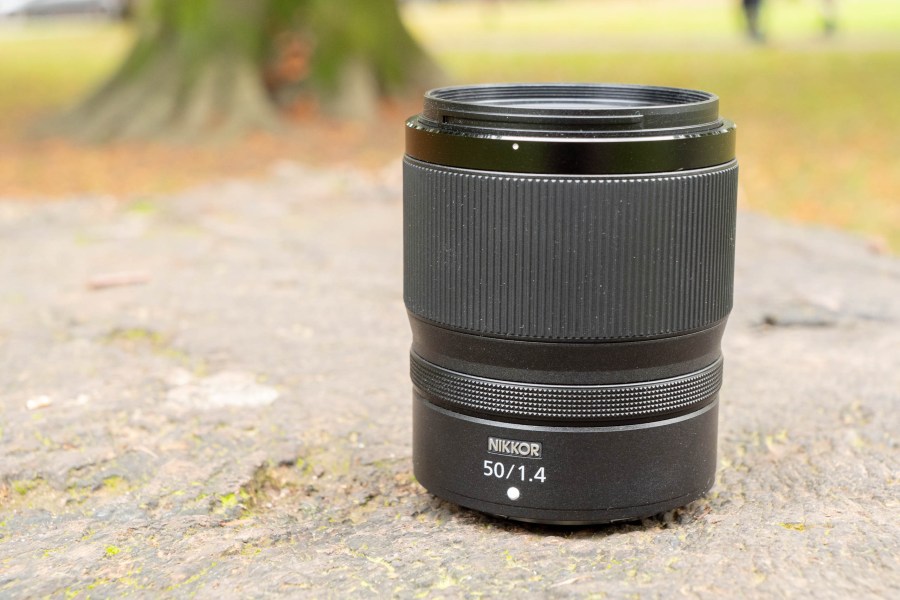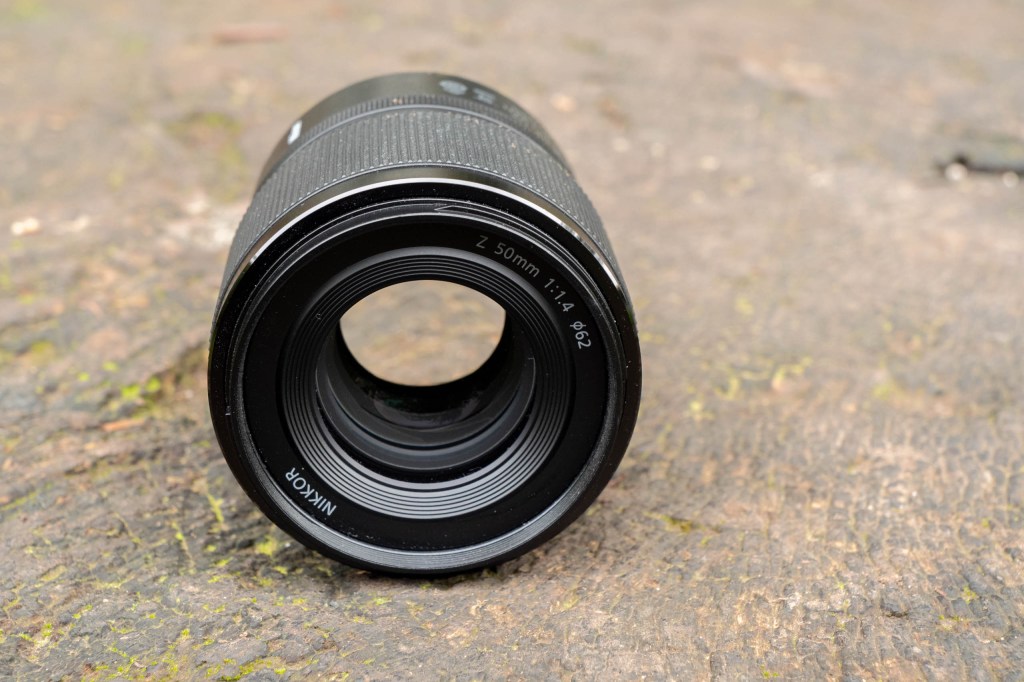Amateur Photographer verdict
A 50mm f/1.4 lens is a great everyday lens, and this one performs and handles well. However, you can pick up an optically superior 50mm lens from Nikon for the same price.- Fast focusing
- Cheaper than f/1.8 lens
- Good size
- Clickless control ring suitable for video
- Sharpness not as good as 50mm f/1.8 lens
- Same/similar price as optically superior lens
- Not worth switching to if you already have the 50mm f/1.8 lens
Following on from the Nikon 35mm f/1.4 lens announced in 2024, the Nikon Nikkor Z 50mm f/1.4 lens is only the second f/1.4 lens for Nikon’s mirrorless system. Traditionally, f/1.4 was the favoured aperture for those looking for a good balance between having a wide aperture and having a lens which is reasonably portable – by the time you get to f/1.2, lenses tend to much bigger and heavier.
As with the 35mm f/1.4 lens, the 50mm f/1.4 has a direct stablemate in the 50mm f/1.8 S lens, which was one of a trio of lenses to be announced alongside the very first Z system camera. Plenty will naturally assume that an f/1.8 lens is better than an f/1.4, and that this is therefore an update of that lens.
At a glance:
- Price when reviewed: £499
- 9 rounded diaphragm blades
- 37cm minimum focus
- 86.5mm long x 74.5mm diameter, 420g
- 62mm filter thread
- Nikon Z mount

However, the 50mm f/1.8 S lens will still exist, with that S at the end of the designation being very important – it tells us that, unlike the 50mm f/1.4 lens, it offers superior sharpness and image quality.
By contrast, the 50mm f/1.4 could in theory be a more affordable optic, designed to appeal to a wider variety of different photographers who might be looking for a “nifty fifty” but don’t want to pay the higher RRP of the 50mm f/1.8 S lens.
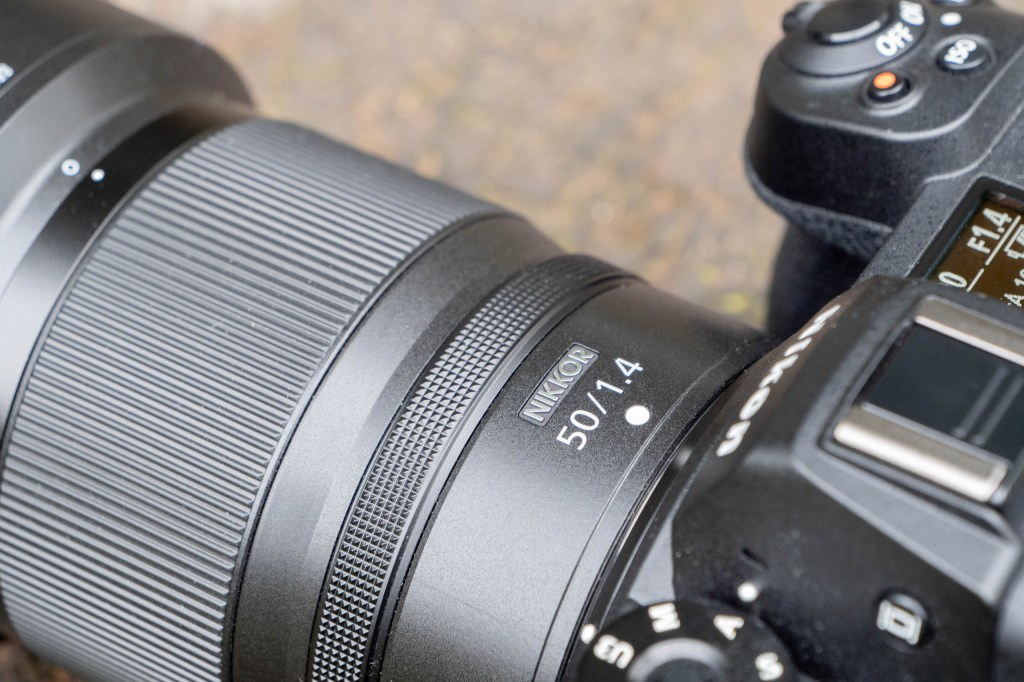
If you’ve hitherto not invested in a 50mm lens for your Nikon Z camera, now you’ve got a choice between the two. I’ll be considering the differences a bit more as we get through the review.
50mm is a classic length for street and documentary photography, but its also flexible and versatile for a range of other applications, such as environmental portraiture, events and weddings, landscape photography and some types of close-up work. The wide aperture also makes it a good choice for low light shooting.
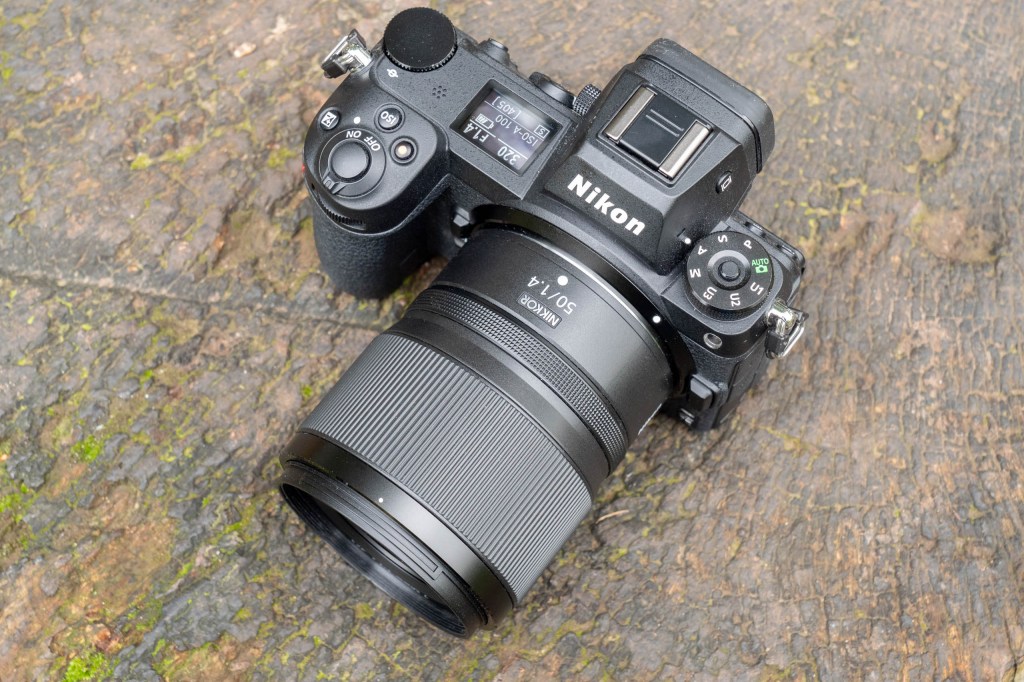
At £499, this is a lens which is on the cheaper end of Nikon’s range. It’s also cheaper than the £649 asking price of the 35mm f/1.4 lens. Interestingly however, at the time of writing, you can actually pick up the optically superior 50mm f/1.8 S lens for under £500 in some places, and even cheaper if you’re happy to buy second hand. It’s possible that this is the vagaries of market forces and the price difference will be more marked at a later date. There’s also a Z Nikon 50mm f/1.2 S, but that has a street price of around £2300 in most places.
If you’re interested in an affordable prime lens, you might also consider the 40mm f/2 (£299) or the 28mm f/2.8 (£244).
Nikon Nikkor Z 50mm f/1.4 – Features
The lens is constructed of 10 elements in 7 groups, with just 1 aspherical element. This makes it a slightly less complex construction than the 35mm f/1.4, which likely explains the lower price point. It’s also significantly less complex than the 50mm f/1.8 S lens, which has 12 elements in 9 groups, but also includes 2 ED elements, 2 aspherical elements, and elements with Nano Crystal coating. There are 9 diaphragm blades to help create the out of focus areas.
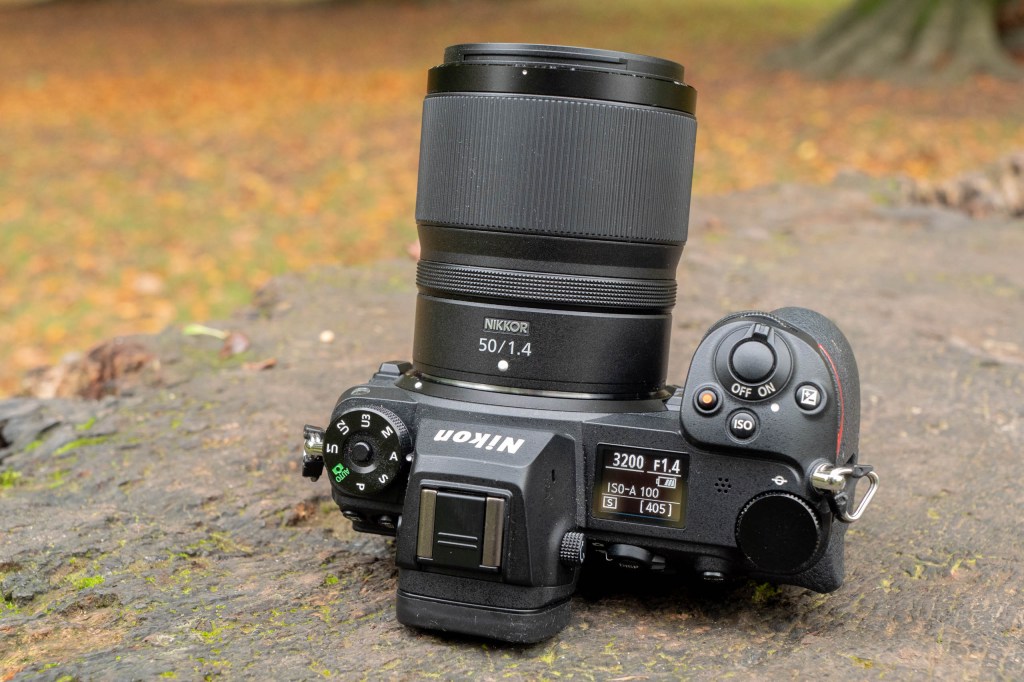
Although not designated as a macro lens, it has a 0.37m close-focusing distance, which considering the focal length makes it suitable for some types of close-up work, albeit you shouldn’t expect to fill the frame with a small subject. The maximum magnification ratio is 0.17x.
There’s no special coatings on the lens, but the parts are sealed to provide protection against dust and moisture. The lens doesn’t have an “S” sharpness designation, but it’s also worth considering that it also doesn’t have VR (Vibration Reduction). At this focal length, that’s unlikely to be a big problem, plus all Nikon full-frame models have built in image stablisation (IBIS) anyway.
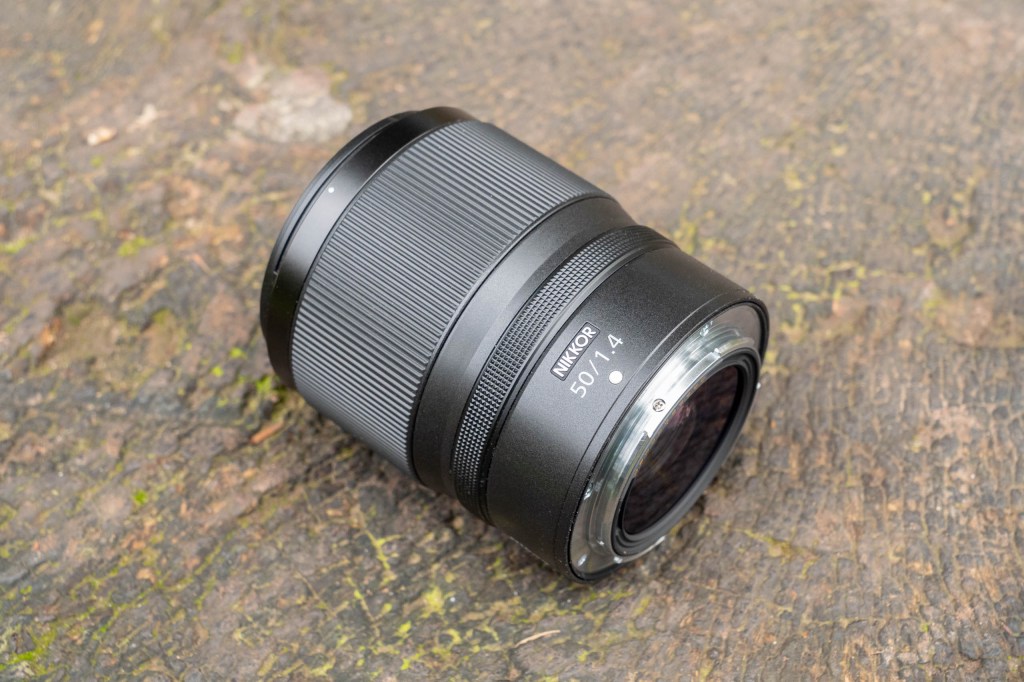
It may be of more importance if you want to use this lens with one of Nikon’s APS-C models, such as the Nikon Z50, which don’t have stabilisation. In that case, you’ll end up with an equivalent focal length of around 75mm, which could make it a good choice for portrait work.
Nikon Nikkor Z 50mm f/1.4 – Build and Handling
In terms of heft and weight, the 50mm f/1.4 lens is roughly the same size as the 50mm f/1.8, actually being slightly smaller in diameter. It’s significantly smaller than the 50mm f/1.2 lens. It balances well with models such as the Z7 II, and makes for a light enough lens to carry around for “everyday” or “just in case” purposes.
Approximately half of the lens is taken up with the manual focusing ring. There are no hard stops at either end, but it’s got a good amount of give to make precise adjustments easy enough.

Just like the 35mm f/1.4 lens, there’s very little in the way of outward controls for the 50mm f/1.4. For example, you won’t find a switch to move between manual and autofocus, and there’s also no custom function buttons. There is however a control rung, which can be set to control a number of different settings including aperture.
This is one of the differences to note between the 50mm f/1.8 S and the 50mm f/1.4 – there’s no clickless control ring on that lens. For that reason, video shooters might find the 1.4 more appealing for making silent settings changes while recording.

An HB-115 lens hood is included in the box, which adds about another third of the length of the lens onto the end, but you can reverse it back (or remove it) when not in use to save space.
Nikon Nikkor Z 50mm f/1.4 – Autofocus
On the whole, focusing with the 50mm f/1.4 lens is very quick. I have been using it with the Z7 II, which does a good job in the majority of situations. I expect if I was using it with a newer camera with an upgraded AF system, such as the Nikon Z6 III or the Nikon Z8, I think it’s likely to be even more responsive.
I used the lens for subjects like street photography and environmental portraiture. Switching on eye-AF can be a benefit, particularly for portraits, but it’s possible for the camera to get it “wrong” for street work with multiple faces in the scene – so a single point focus might be a better option there.
Video shooters will be pleased to know that the autofocusing is very quiet. You can just about hear if you’re filming in a silent room, but where any ambient noise is present, it’s pretty much unnoticeable.
Nikon Nikkor Z 50mm f/1.4 – Image Quality

Overall, images from this lens are very good, with a great level of sharpness and detail. That’s especially true if you’re looking at images at normal printing sizes, and don’t examine them in fine pixel level. You shouldn’t expect the same level of extreme sharpness as you’d find with the 50mm f/1.8 S lens, but for the average person, this is going to be more than fine.
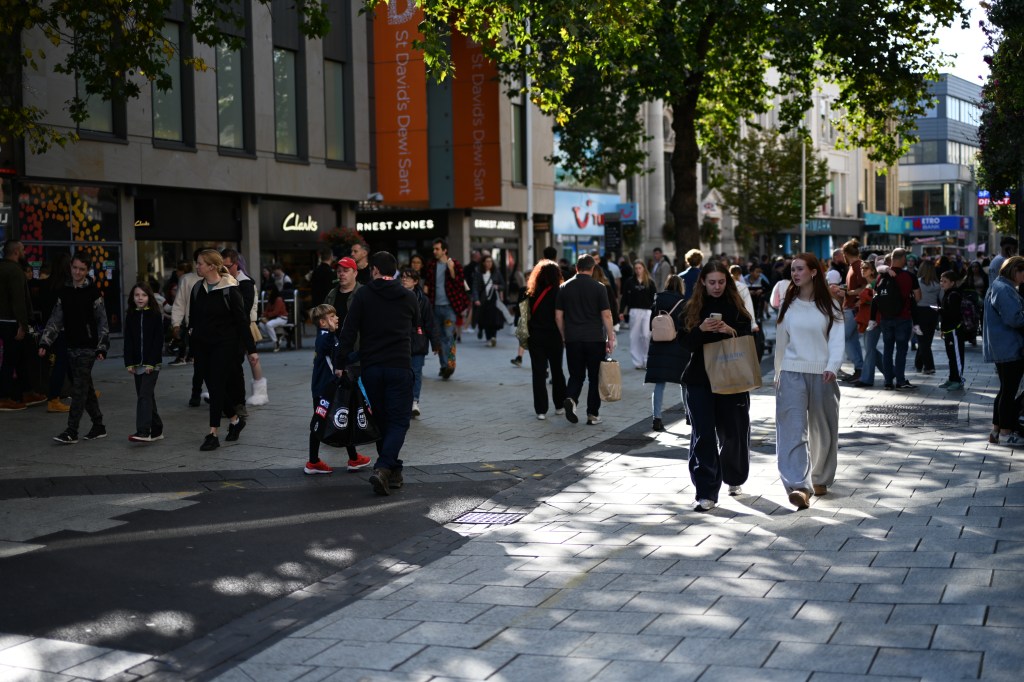
That said, there’s also some instances of chromatic aberration which appear with the f/1.4 lens, when shooting in high contrast situations. Again, it’s not hugely obvious when looking at images at normal sizes, but you can see it appearing if you’re looking for it closely.

Bokeh produced by the lens is a little on the “rough” side, being not perfectly circular or smooth, but still pretty pleasing on the whole. On the plus side, I haven’t found lens flare to be particularly problematic with this lens.
With the built-in lens corrections applied, vignetting doesn’t appear to be an issue, even when shooting at f/1.4 and with subjects where it would likely be quite obvious.

If you’re already in possession of the 50mm f/1.8 and are thinking that moving to the f/1.4 would be an upgrade – it won’t be, at least not for general image quality. Low light shooting is pretty good from the f/1.4, but it’s unlikely to make much of a difference from the f/1.8 to warrant upgrading – with a possible caveat for those who pretty much exclusively in darker conditions may see some benefit.
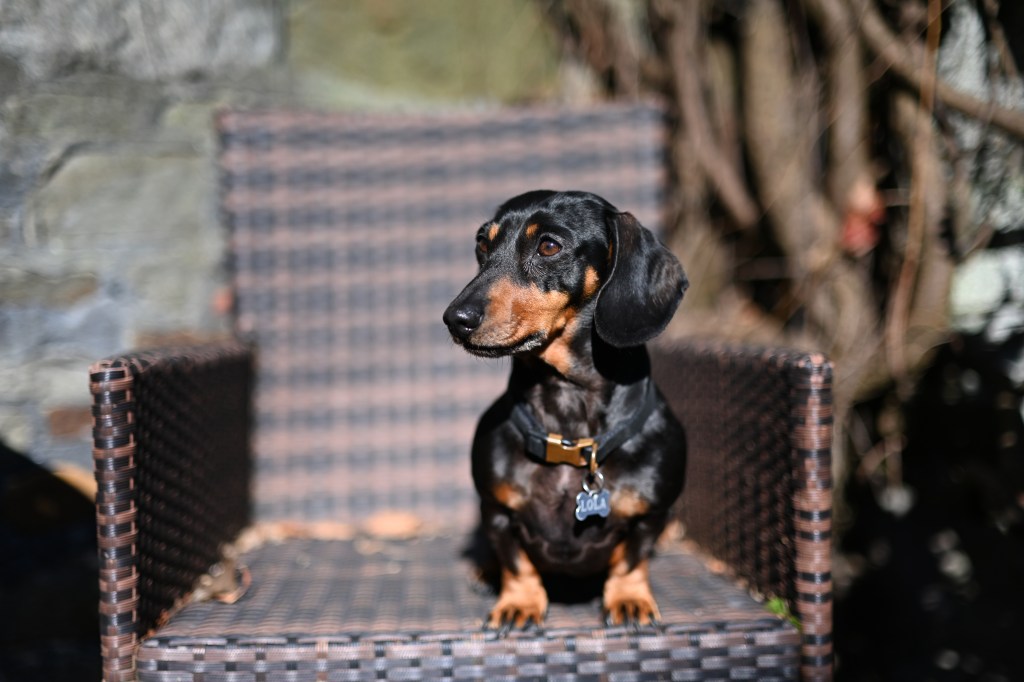
Image quality seems to be roughly on par with the 35mm f/1.4 too, which could make for a nice pairing if you want a couple of affordable primes for street-type work for example. That said, with the price of the 50mm f/1.8 S being so close to the f/1.4, it’s hard to see why you wouldn’t go for the f/1.8 in most situations.
Nikon Nikkor Z 50mm f/1.4 – Verdict
If you’re a fan of the 50mm focal length, then Nikon now gives you three proprietary optics to choose from in f/1.8, f/1.4 and f/1.2 varieties.
Generally, the 50mm f/1.4 does a great job, producing lovely images which are sharp, detailed and the focusing is usually quite quick.
Those who aren’t necessarily familiar with Nikon’s S series of lenses might assume that the f/1.4 is a straightforward upgrade or replacement for the 50mm f/1.8 – received wisdom usually tells us that a wider aperture is better. However, it’s important here to note that it doesn’t equate to better image quality – the bokeh isn’t as nice, images aren’t as sharp and there’s some chromatic aberration in certain conditions.

For most who aren’t pixel peeping, these differences won’t be that obvious. Which would usually make it a good option for those who want to save money, or perhaps space in their kit bag. In this instance however, the price point is roughly the same (sometimes it’s actually cheaper to get the better one), while the size is almost identical.
If you already own the 50mm f/1.8 lens, you almost definitely should keep it. The only possible reasons why you might not would be if you shoot almost exclusively in low light and really do crave that extra aperture width, and/or, you’re shooting video and would find the clickless control ring to be useful.
If you’re looking to buy a 50mm lens for the first time, again, it makes more sense to go for the f/1.8 for the same reasons. It’s possible that the 50mm f/1.4 lens will drop in price – or, the 50mm f/1.8 will rise in price – at which point, it might make a lot more sense to pick it up over the f/1.8 if you’re keen to save cash.

Related content:
Follow AP on Facebook, X, Instagram, YouTube and TikTok.
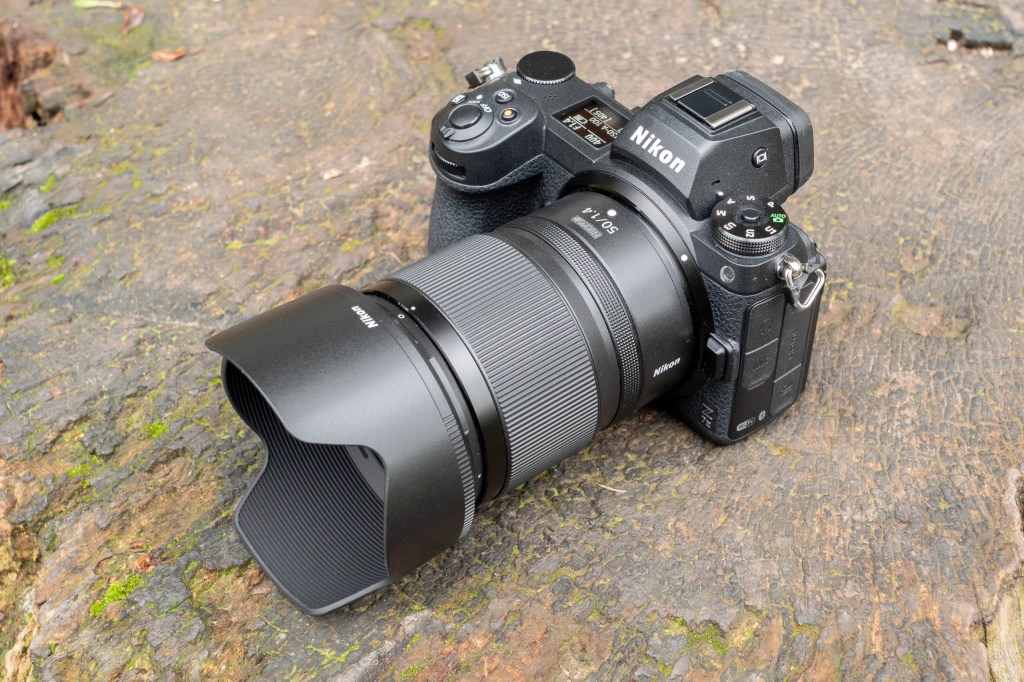
Specifications
| Price | £499 |
| Filter Diameter | 62mm |
| Lens elements | 10 |
| Groups | 7 |
| Diaphragm blades | 9 |
| Aperture | f/1.4-f/16 |
| Min Focus | 0.37m |
| Length | 86.5mm |
| Diameter | 74.5mm |
| Weight | 420g |
| Lens Mount | Nikon Z |
| Included accessories | Front and rear lens caps, HB-115 Hood |

